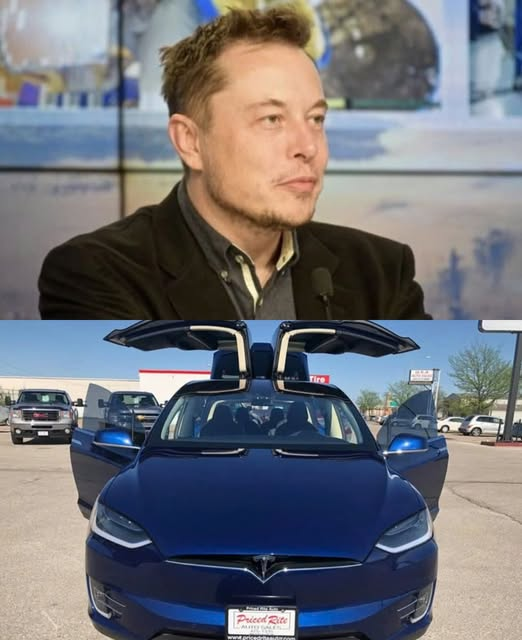
In 2025, the diesel-choked highways of the freight industry are getting a jolt of electricity, courtesy of Elon Musk’s latest road-conquering machine—the Tesla Semi. After years of anticipation and a 2017 unveiling that turned heads, Musk’s all-electric truck is finally rumbling into reality, and it could redefine the way the world moves goods.
🚛 A Truck Like No Other
Designed to haul 80,000 pounds over 500 miles on a single charge, the Tesla Semi represents a seismic shift in logistics. With a futuristic, aerodynamic cab and signature Tesla minimalism inside, it looks more like a spacecraft than a semi-truck. But beneath the sleek design lies raw, practical muscle—instant torque, regenerative braking, and whisper-quiet power that have early testers raving.
“This isn’t just a truck—it’s a revolution,” Musk said during a recent delivery event. “We’re eliminating the smoke, the noise, and the inefficiency. The age of diesel is ending.”
📦 Big Names, Big Bets
Major freight players aren’t just watching—they’re buying in. Companies like PepsiCo, UPS, and Walmart have placed orders and begun testing fleets. The results? Promising. Drivers report smoother handling, lower fatigue, and a near-silent ride that reduces stress and noise pollution on long hauls.
Fuel savings are already stacking up, with estimates showing that Tesla Semis can cut operating costs by up to 20–30% compared to traditional diesel rigs. Add Musk’s claim of a million-mile battery lifespan, and the numbers start to challenge the industry’s longstanding norms of disposable fleets and constant maintenance.
⚡ Powering the Distance
One of the Semi’s biggest headlines is its 500-mile range under full load—a benchmark that once seemed impossible for electric haulers. Tesla says this was achieved using an innovative battery architecture, paired with the company’s rapidly expanding Megacharger network, capable of restoring hundreds of miles in just 30 minutes.
Still, skeptics point out that long-haul trucking depends heavily on reliable, widespread charging infrastructure, and Tesla’s network is far from complete. Musk, however, remains optimistic, promising nationwide coverage in the U.S. and Europe by 2026.
🧠 Autopilot and the Road to Autonomy
The Tesla Semi isn’t just about electricity—it’s about intelligence. Built with Autopilot and full self-driving (FSD) capabilities integrated from the ground up, the Semi is laying the foundation for autonomous freight convoys. Musk envisions fleets of driverless Semis moving goods cross-country with minimal human input—cutting labor costs, reducing accidents, and boosting efficiency.
“Imagine a convoy of Semis, perfectly spaced, communicating with each other in real-time. That’s not science fiction anymore,” Musk teased during a recent X post.
🏗️ Delays and Doubts
Of course, not all has been smooth sailing. The Semi’s rollout faced years of delays, primarily due to battery supply constraints and ramp-up issues at Tesla’s Gigafactories. These delays frustrated early adopters, some of whom waited over five years to see their orders fulfilled.
And while Tesla’s promises are grand, range anxiety, charging logistics, and questions about maintenance and service networks for heavy-duty EVs remain real concerns.
🌍 More Than a Truck—A Climate Statement
For Musk, the Tesla Semi is more than a business play—it’s part of his broader climate mission. Trucking accounts for nearly 7% of U.S. greenhouse gas emissions, and replacing diesel rigs with electric ones could make a meaningful dent in the global carbon footprint.
“Every mile a Semi drives is a mile we take back from pollution,” Musk said. “It’s not just smart—it’s necessary.”
🚀 The Road Ahead
As the first Tesla Semis roll off production lines and onto freeways, the freight world is watching closely. Will Musk’s vision electrify an entire industry—or hit roadblocks on the path to change?
One thing’s clear: the Tesla Semi isn’t just hauling cargo—it’s carrying the hopes of a cleaner, smarter transport future. And if Musk has his way, the electric age of freight has only just begun.


